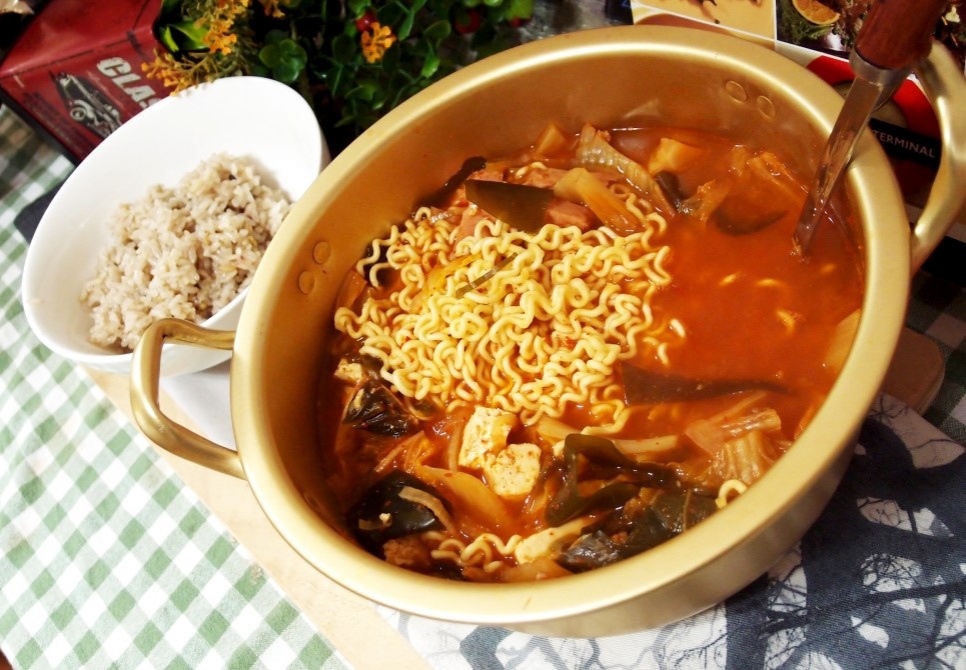
#SpamCooking #SpamKimchiJjigae #SpamKimchiJjigae with ramen nood
Spam kimchi stew is made simply by adding kimchi using spam ham without any other ingredients. Spam does play the role of seasoning.
4 serving
Within 30 minutes
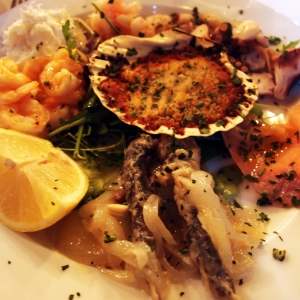
강철새잎
- Ingredients
-
-
canned ham1pack
-
Kimchi1ea
-
Shrimp powder1TS
-
Tofu1/2piece
-
crushed garlic1ts
-
leek1TS
-
Kimchi1/2cup
-
Sugar2TS
-
- Cooking Steps
-
STEP 1/10I didn't make the broth separately. I just put a little bit of seaweed in the water and boiled it. For a more savory taste, it would be good to use anchovy kelp stock or natural seasoning stock.
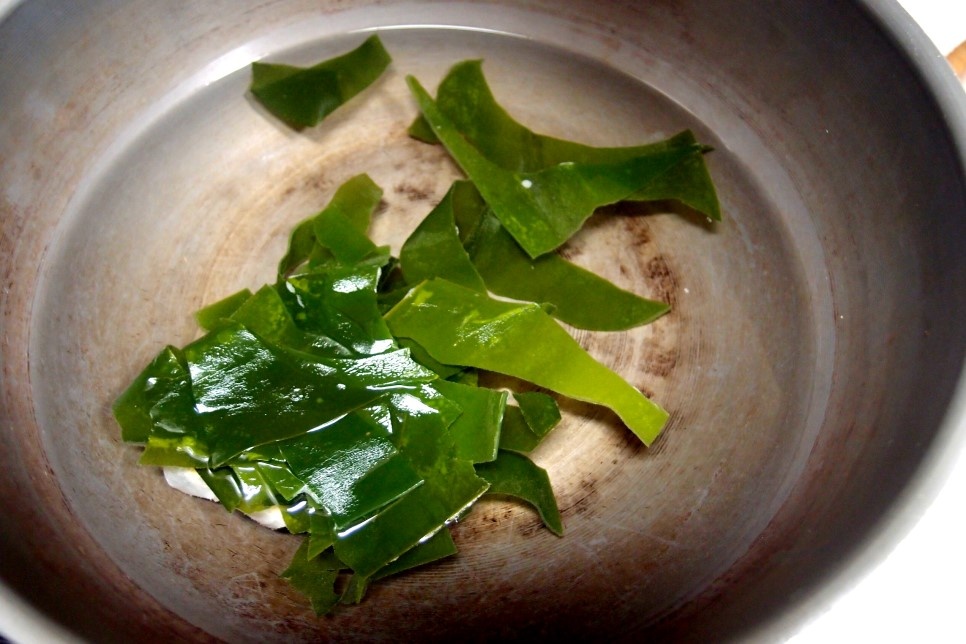 STEP 2/10The reason why I just used plain water was that I was going to put shrimp powder. When it was boiling, I added shrimp powder. If you want to make it without shrimp powder or natural seasoning, you can make broth with anchovies and kelp.
STEP 2/10The reason why I just used plain water was that I was going to put shrimp powder. When it was boiling, I added shrimp powder. If you want to make it without shrimp powder or natural seasoning, you can make broth with anchovies and kelp.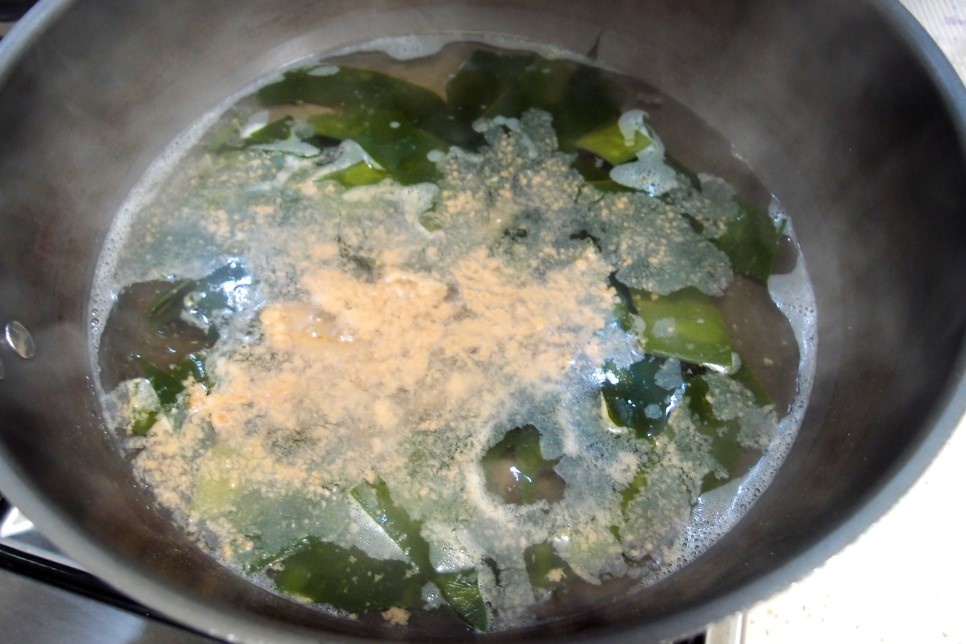 STEP 3/10And I cut kimchi into small pieces to make it easy to eat and added kimchi soup.
STEP 3/10And I cut kimchi into small pieces to make it easy to eat and added kimchi soup.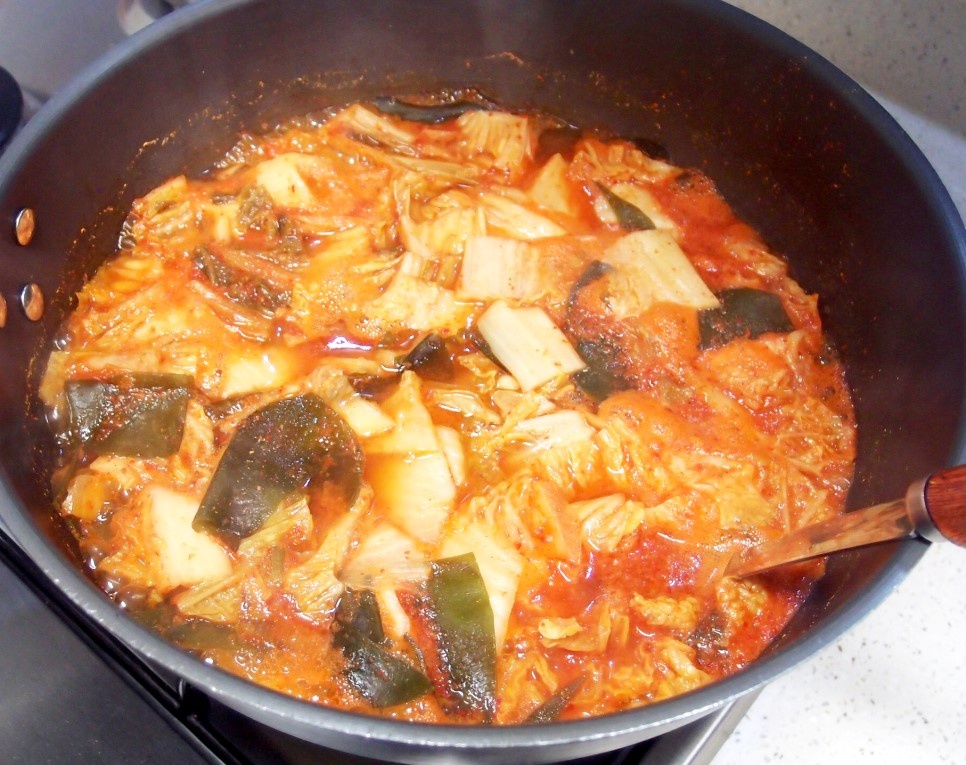 STEP 4/10When it boils up, add tofu and boil it together.
STEP 4/10When it boils up, add tofu and boil it together.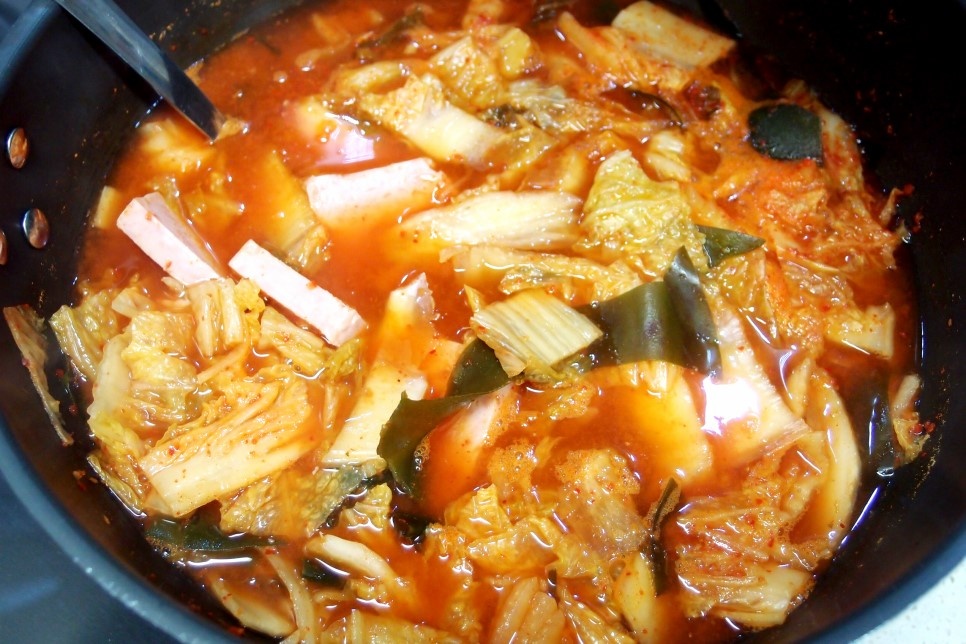 STEP 5/10And he put in spam at the end. Because if you put it in from the beginning, the salty smell from the spam ham is huge, so I put it in last. When the ham is cooked, it's done.
STEP 5/10And he put in spam at the end. Because if you put it in from the beginning, the salty smell from the spam ham is huge, so I put it in last. When the ham is cooked, it's done.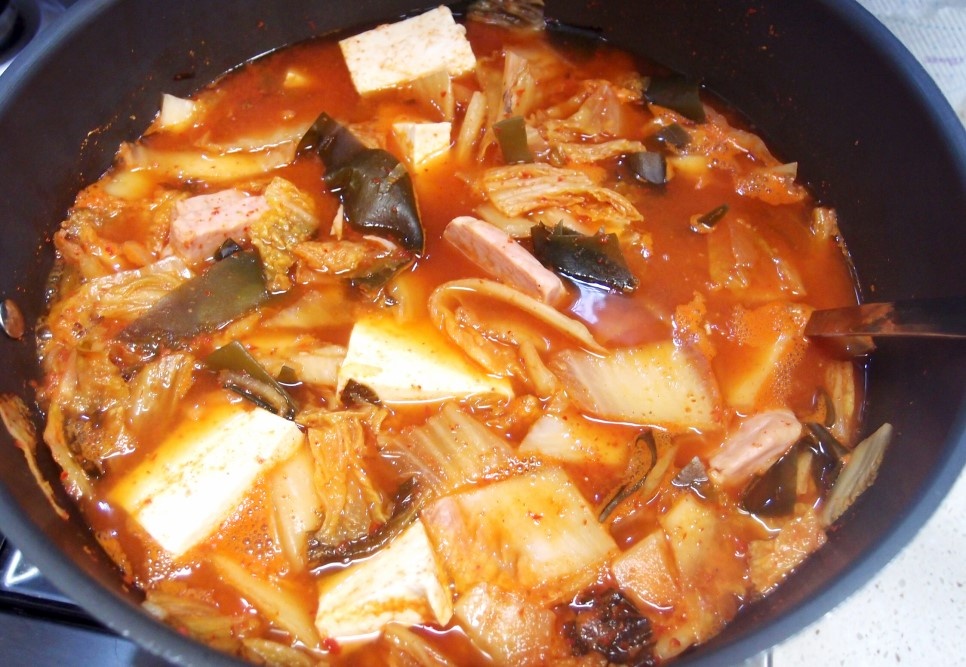 STEP 6/10Lastly, finish with minced garlic and green onions!!! I didn't add sesame oil or perilla oil. Because oil from spam is enough.
STEP 6/10Lastly, finish with minced garlic and green onions!!! I didn't add sesame oil or perilla oil. Because oil from spam is enough.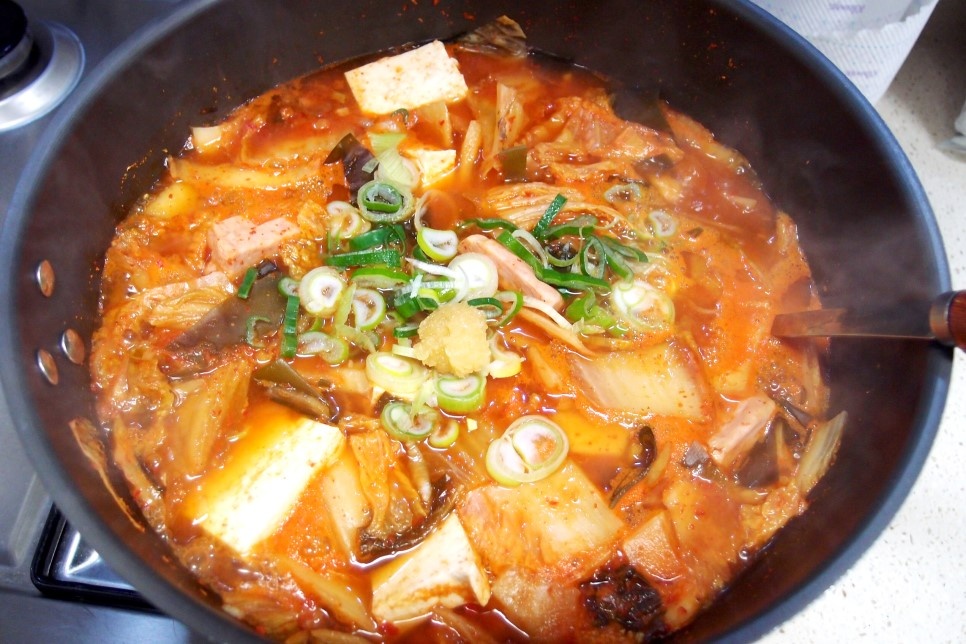 STEP 7/10Kimchi stew is also a food that tastes better the more it boils. If you boil it again the next day, you can eat stronger kimchi stew. First, put the amount in the pot and boil it again. You may add pepper depending on the smell of shui.
STEP 7/10Kimchi stew is also a food that tastes better the more it boils. If you boil it again the next day, you can eat stronger kimchi stew. First, put the amount in the pot and boil it again. You may add pepper depending on the smell of shui.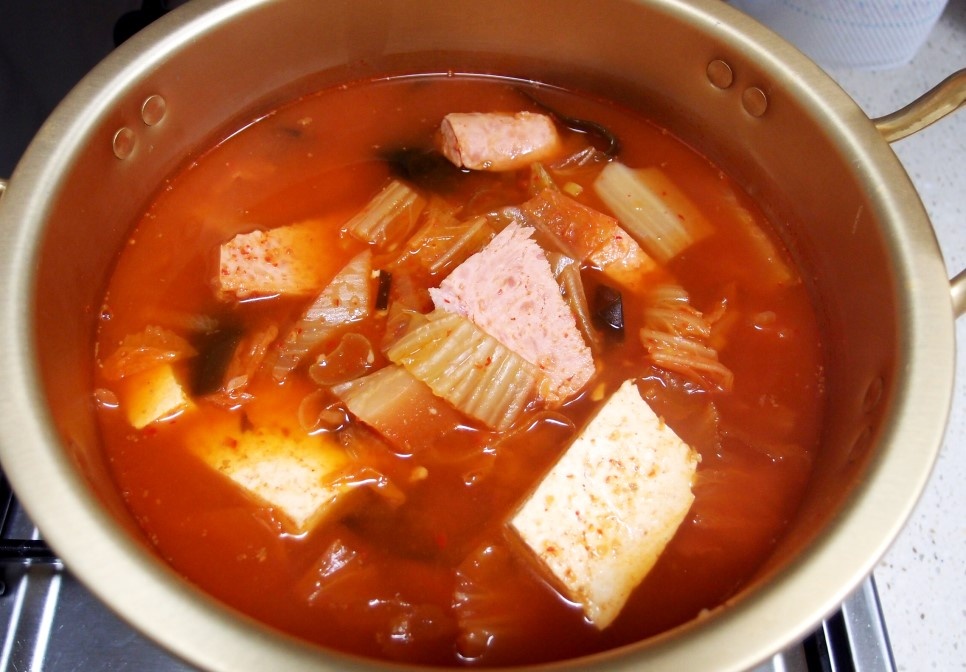 STEP 8/10Spam kimchi stew with tofu and spam is complete. Spam kimchi stew that you can easily cook and eat at home if you have broth. Oh... I didn't season it. There was no need to season it because there was kimchi soup. If you think the seasoning is bland, you can season it with soy sauce or salt.
STEP 8/10Spam kimchi stew with tofu and spam is complete. Spam kimchi stew that you can easily cook and eat at home if you have broth. Oh... I didn't season it. There was no need to season it because there was kimchi soup. If you think the seasoning is bland, you can season it with soy sauce or salt.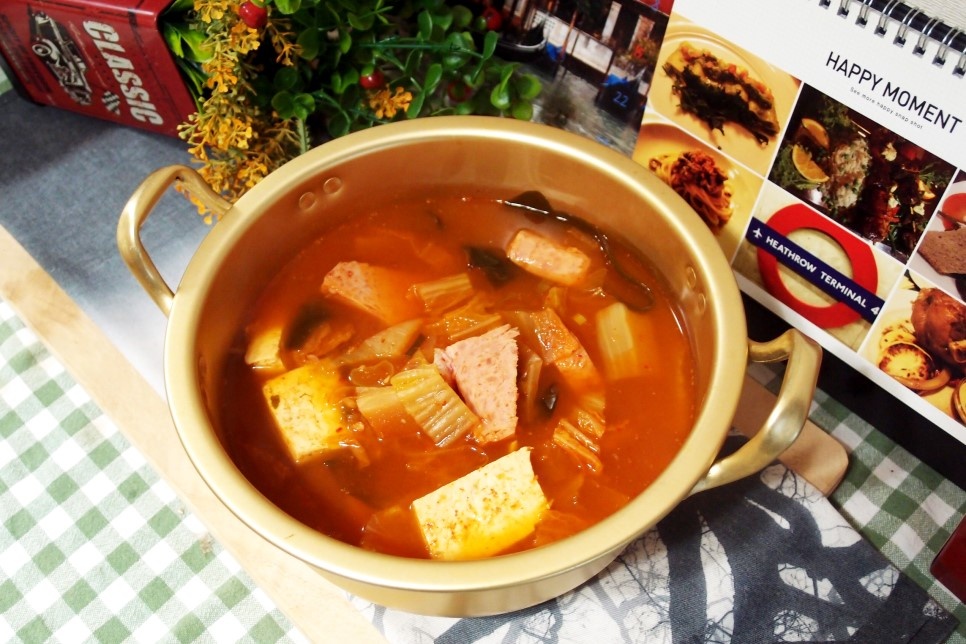 STEP 9/10After eating that pot, put the leftover kimchi stew in the nickel-silver pot and boil it with ramen noodles. I boiled it again, and as expected, the spam tasted salty, so I added extra water.
STEP 9/10After eating that pot, put the leftover kimchi stew in the nickel-silver pot and boil it with ramen noodles. I boiled it again, and as expected, the spam tasted salty, so I added extra water.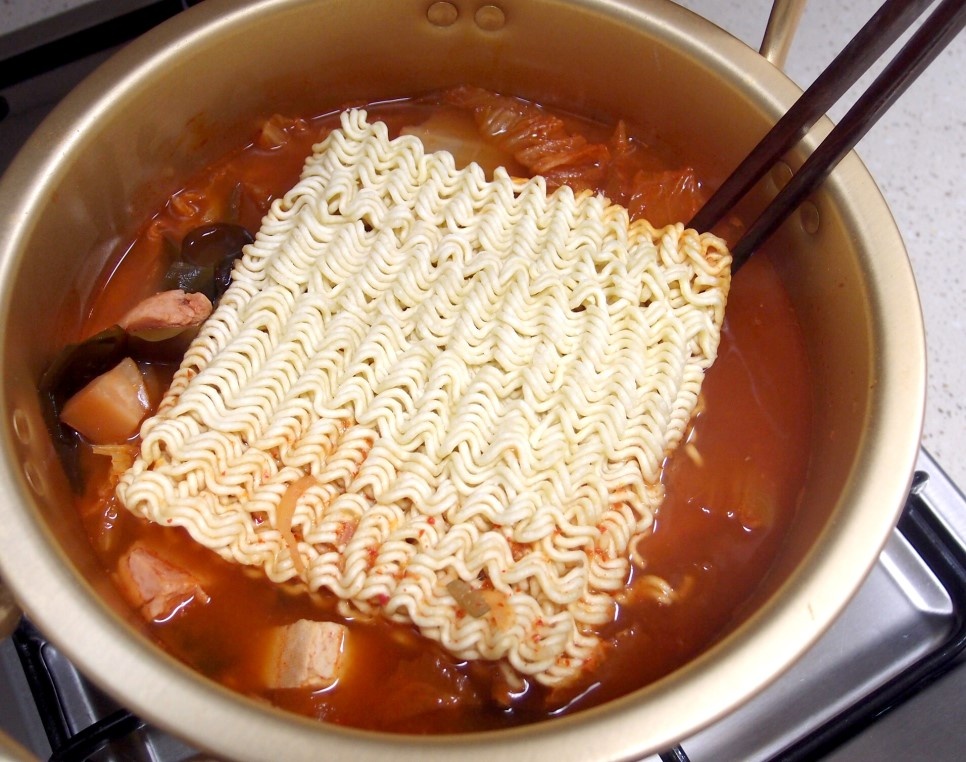 STEP 10/10Spam kimchi stew and ramen noodles with totobap. Put the ramen noodles on the rice first, eat it, give it to you, and put the kimchi and the ingredients on the rice with the soup, and it's the best taste.
STEP 10/10Spam kimchi stew and ramen noodles with totobap. Put the ramen noodles on the rice first, eat it, give it to you, and put the kimchi and the ingredients on the rice with the soup, and it's the best taste.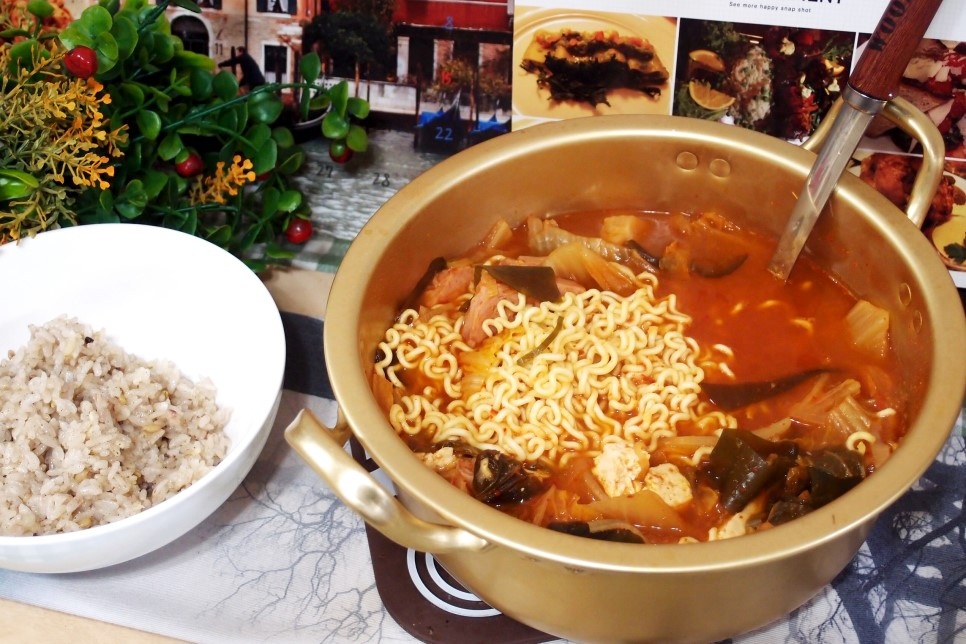
- Bulgogi Recommended recipe
-
-
1
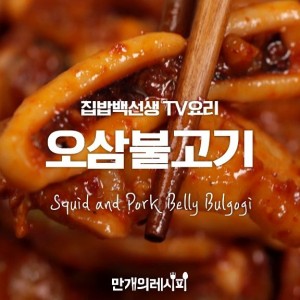 I only collected squid, bulgogi, and delicious things!! Squid an4.91(22)
I only collected squid, bulgogi, and delicious things!! Squid an4.91(22) -
2
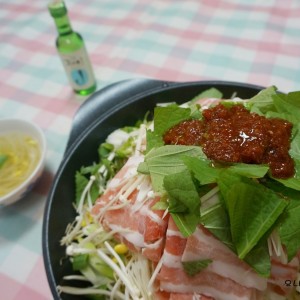 Home-cooked meal Baek's recipe for bean sprout bulgogi with Jong4.76(21)
Home-cooked meal Baek's recipe for bean sprout bulgogi with Jong4.76(21) -
3
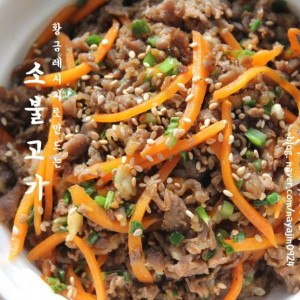 How to make beef bulgogi golden recipe without failure4.98(82)
How to make beef bulgogi golden recipe without failure4.98(82) -
4
 Jongwon Baek Bean sprout bulgogi golden recipe rice thief~4.89(63)
Jongwon Baek Bean sprout bulgogi golden recipe rice thief~4.89(63)
-
- Kimchi Recommended recipe
-
-
1
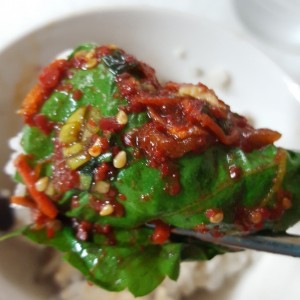 Golden recipe for perilla leaf kimchi with no regrets ^^4.84(102)
Golden recipe for perilla leaf kimchi with no regrets ^^4.84(102) -
2
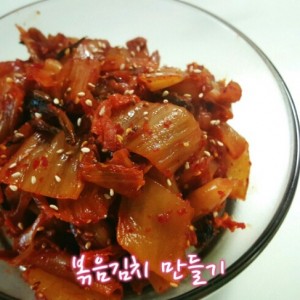 Making fried kimchi with side dishes! It's simple, but it's tota4.86(51)
Making fried kimchi with side dishes! It's simple, but it's tota4.86(51) -
3
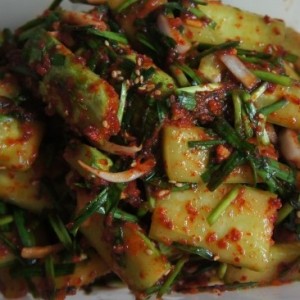 Simple cucumber kimchi4.92(75)
Simple cucumber kimchi4.92(75) -
4
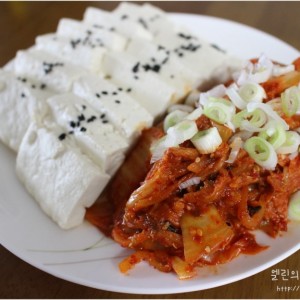 Tofu kimchi golden recipe!! It's okay if there's no meat4.93(68)
Tofu kimchi golden recipe!! It's okay if there's no meat4.93(68)
-